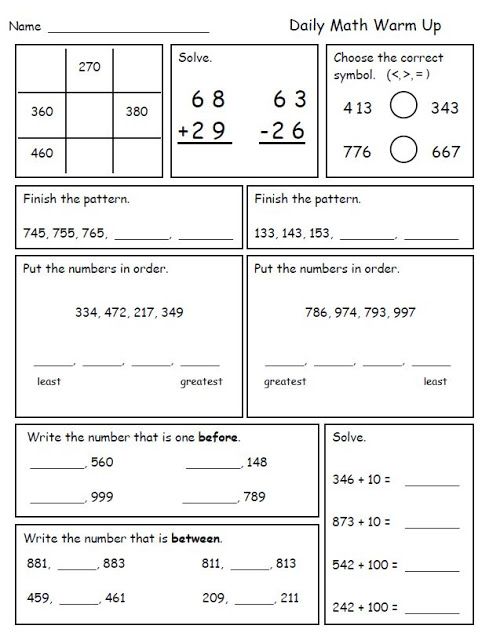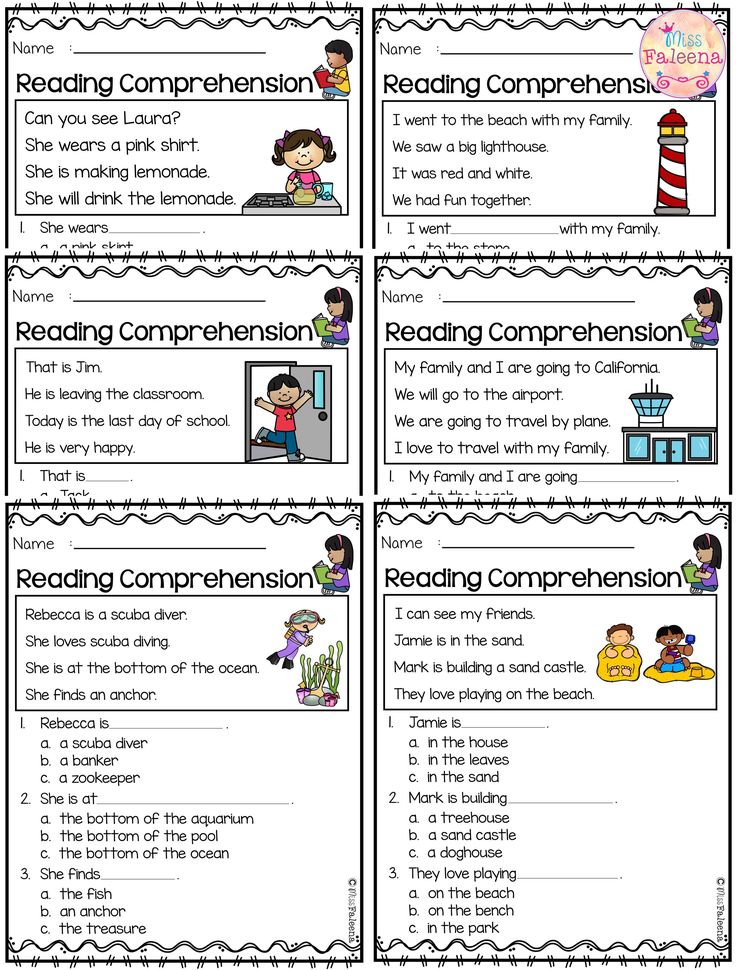How to teach phonics at home
How to Teach Phonics at Home with Montessori
3-5 years old learning to read with phonics montessori reading program pre-reading activities
How can I teach phonics at home with my preschooler?Although phonics is the evidence-based approach to teaching reading, there’s still a gap between reading instruction in schools and the science of reading.
This is why you need to think twice about HOW your child will learn to read, especially if your local school is teaching the outdated “whole language” approach that’s based on a theory of reading that’s been debunked by cognitive scientists.
With just a few minutes a day, you can set up your preschooler for success with learning to read by teaching phonics at home.
My gentle, child-led approach focuses on indirect preparation.
Even though I talk about "teaching your child to read", it's really about providing opportunities for children to teach themselves. I don't believe in putting pressure on 3 or 4 year old children to start reading before they are developmentally ready!
Keep reading to learn the 4 steps in the learning sequence to teaching phonics at home using hands-on Montessori activities.
It’s important to understand the steps from pre-reading to early reading. That way you you’ll be able decide quickly whether or not your child is ready for a specific activity that you find on Pinterest.
What does phonics mean?Before we get into HOW to teach phonics, let’s start with a definition of phonics. You may have heard the term “phonics” before without really knowing what it is.
So, what exactly does “phonics” mean?
Phonics is the method of teaching reading and writing through explicit instruction of the code between speech sounds and written symbols.
The alphabet letters in English are written symbols that represent speech sounds. We can communicate through writing because we’ve all agreed that a certain letter or combination of letters represents a single sound in our spoken language.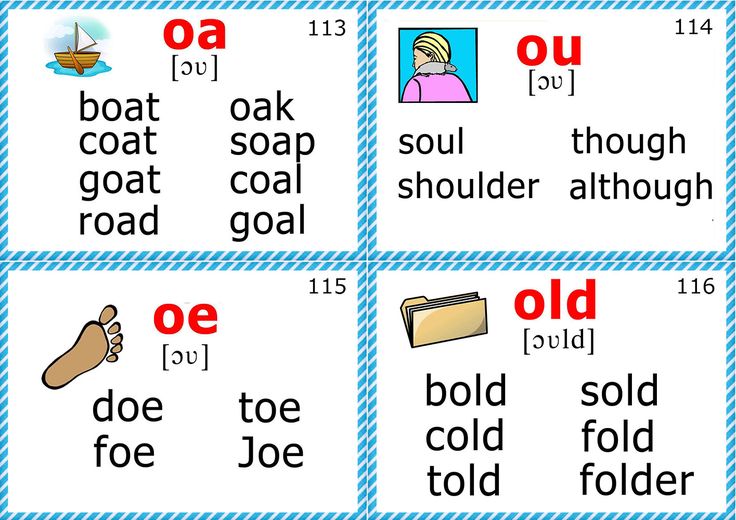
Individual speech sounds are called phonemes and the written symbols that represent those sounds are called phonograms.
A phonogram can be a single letter or a combination of letters. For example, when we say the word “cat” and then write it on paper, the speech sound /c/ is represented by the letter “c”, the speech sound /a/ is represented by the letter “a” and the speech sound /t/ is represented by the letter “t”. It’s easy to read the word “cat” when you know the sound that each letter represents!
Learning to read and write in English is a bit more complicated than other languages because there are more than just the phonemes that correspond to the 26 alphabet letters.
There are about 44 unique speech sounds in the English language, and some of them have multiple spellings! For example, the long a vowel sound can be spelled as a (acorn) and also ai (train), a_e (cake), ay (play), ei (vein), eigh (eight) and ea (break).
To have a solid foundation for reading, your child needs to learn about 70 phonograms. Of course, we don’t overwhelm children by teaching all 70 phonograms at the same time!
We want to first start with basic phonics. This means that you’ll first focus your sound-letter association activities on teaching the alphabet letters that represent the short vowel sounds and hard consonant sounds.
Then you’ll layer on the other common phonograms such as ai, sh, ee, ch, ou, etc to cover advanced phonics. Over time, you’ll draw attention to the various spellings of the 44 unique speech sounds.
Why phonics is important.It’s important for your preschooler or kindergartener to learn phonics for two main reasons.
- Your child will know which letters to use when writing words.
- Your child will be able to decode words never seen before.
In fact, a good way to assess your child’s knowledge of phonics is to invite him or her to write or read nonsense words such as gax, baj, steck, vaith and strone.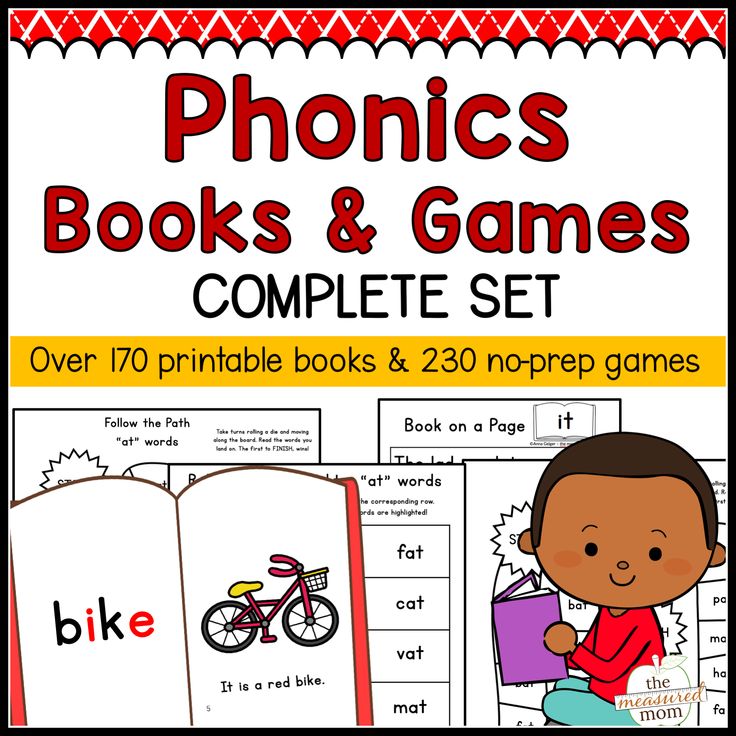
A huge advantage of teaching phonics is that your child won’t need to memorize long lists of words!
This is because most words you’ll find on high-frequency word lists or sight words lists can actually be sounded out easily by children who have knowledge of the phonetic code.
Children who learn phonics also don’t need to guess at words by looking at the picture or the first sound of the word, and they don't need to skip any words in a sentence. These are the strategies of struggling readers who don’t have a solid foundation in phonics.
Teaching phonics step by step with your preschooler.Here’s the step-by-step overview of the learning sequence for teaching phonics at home with your preschooler that I teach inside The Playful Path to Reading™.
You can sign up to watch my FREE CLASS that walks you through this 4-step method to teach reading at home. You'll learn the 3 biggest mistakes to avoid and you'll pinpoint where your child is at in the learning sequence.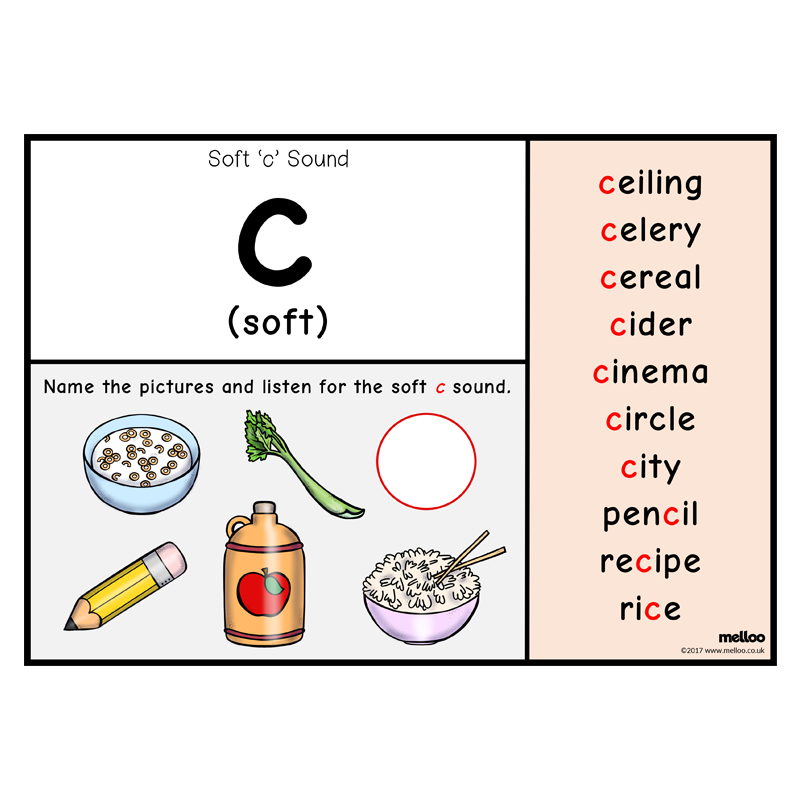
The first three steps develop pre-reading skills. These activities offer indirect preparation for reading. We’ll use language objects, sandpaper letters and a moveable alphabet to develop all the skills needed to learn phonics — without any worksheets or crafts!
STEP 1: Develop Phonemic Awareness
The first step to teaching phonics is to play "sound games" when your child is around 3 years old to help your preschooler develop phonemic awareness.
Phonemic awareness activities involve NO letter symbols!
The focus is just on drawing attention to the individual speech sounds (phonemes) in spoken words. That will prepare your child to understand that letters are symbols that represent speech sounds.
It's important not to skip this step because phonemic awareness is the best predictor of how well children learn to read.
"Without phonemic awareness, phonics is harder to learn.In other words, phonemic awareness is something that should be taught before phonics — or at least early in the phonics sequence — so children receive maximum benefit from their phonics instruction.
” (2005 National Reading Panel Report)
STEP 2: Associate Speech Sounds and Letter Symbols
The second step to teaching phonics is to help your child connect the speech sounds in spoken words with the letter symbols of our written language.
At this point, your preschooler will already be able to identify at least the beginning sounds of spoken words.
Having already developed some phonemic awareness, the letter symbols will have meaning for your child. Your preschooler will be able to draw on that knowledge to make sense of letter symbols.
Sound-letter association games using Montessori sandpaper letters develop visual, muscular and auditory memory to learn basic and advanced phonics.
STEP 3: Use Phonics Knowledge to Build Words
The third step to teaching phonics is to show your child how to put speech sounds (represented by letter symbols) in a row to make words using a Montessori moveable alphabet.
This step allows your child to use his or her growing phonics knowledge to communicate ideas through print.
Often children are ready to build words before the pencil grip has developed, so we’ll use a Montessori moveable alphabet instead of pencil and paper.
Your child can just focus on finding the Montessori moveable alphabet letters needed without worrying about having to write any letters with a pencil. This takes the pressure off!
STEP 4: Use Phonics Knowledge to Decode Words
Most children will discover their ability to read through the process of building words! Your child is now ready to develop decoding skills through practice reading words, phrases and then sentences.
Once your child has begun reading words using phonics knowledge, you can encourage your child to memorize some sight words to boost reading fluency and then introduce decodable readers that require knowledge of basic and advanced phonics.
Quick Summary: How to Teach Phonics at HomePhonics is the method of teaching reading and writing through explicit instruction of the code between speech sounds and written symbols.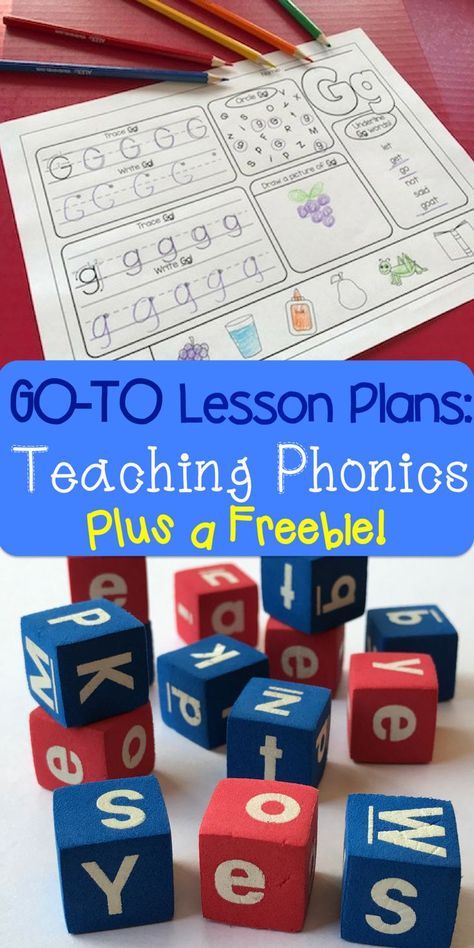 Research supports using phonics over the whole language approach.
Research supports using phonics over the whole language approach.
There are 4 steps in the learning sequence from pre-reading to early reading using hands-on Montessori activities.
- Develop phonemic awareness.
- Associate speech sounds and letter symbols using Montessori sandpaper letters to learn the phonetic code.
- Use existing phonics knowledge to build words using a Montessori moveable alphabet.
- Practice reading words, phrases and then sentences.
It’s important to understand the big picture so that you’ll be able to decide very quickly whether or not your child is ready for an activity that you find on Pinterest. That way you can be reassured that you're not putting any pressure on your child to learn to read before he or she is developmentally ready.
How to Teach Phonics at Home
Tips to Teach Phonics at Home
Teach Yourself First!
You might be thinking, “Why would I ever have to teach myself phonics? I already know how to read and write!” The truth is, the more you know about phonics, the more effective you will be at teaching your little one about them!
Read about phonics, watch videos about phonics, or talk to other people about phonics.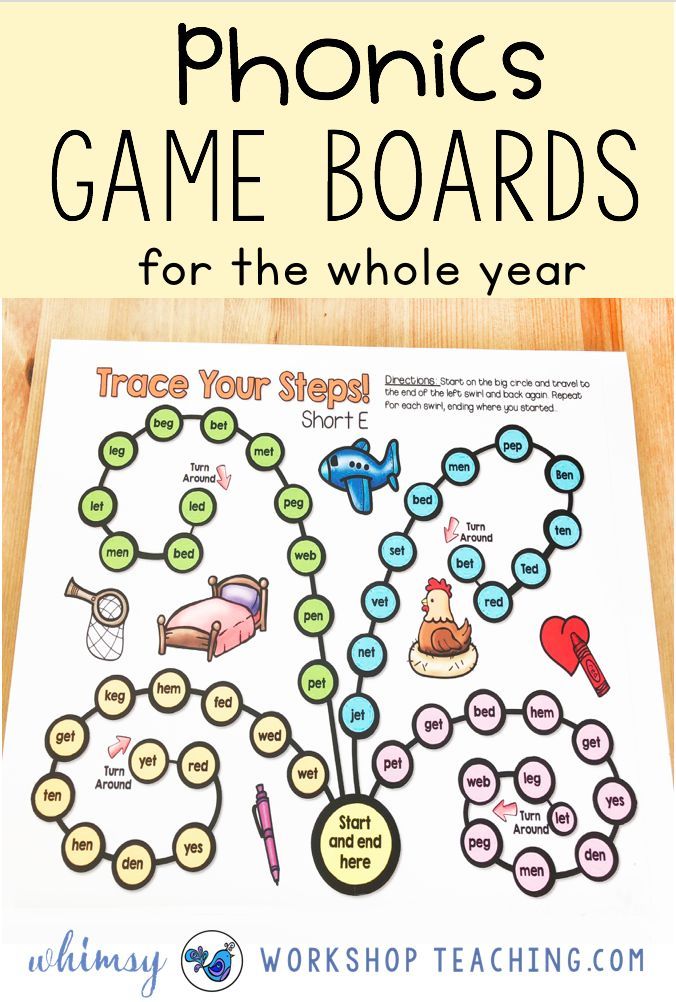 Whatever method you can get your hands on to learn more about phonics will help you become a more effective teacher for your child.
Whatever method you can get your hands on to learn more about phonics will help you become a more effective teacher for your child.
Start with the Easy Stuff
Research suggests that the most effective form of phonics for teaching your child to read and write is through systematic phonics. These findings mean that you would start your child’s journey to learning about phonics with the simplest methods first and eventually work your way up to harder and harder methods as your child’s skills progress.
Make it a Game
We all have better learning experiences when we are having fun. If you set a negative vibe when teaching your child about phonics, there is no way they will be open to learning. Making the learning process fun and enjoyable for your child will be highly beneficial to encourage them to learn. One of the most effective ways to make learning fun is to turn it into a game. There are many different ways you can do this. A few great ideas for learning phonics in a more fun way include:
What starts with “A”?
Take your child for a walk around their neighborhood, asking them to point out everything they see that begins with an ‘A’ sound. You can continue this game all the way down the alphabet, allowing your child the opportunity to explore each different letter and sound fully while in the familiarity of their own home and neighborhood.
You can continue this game all the way down the alphabet, allowing your child the opportunity to explore each different letter and sound fully while in the familiarity of their own home and neighborhood.
What ends in “-at”?
Take your child on a journey around the house and neighborhood. On this walk, ask your child to find objects that end with the same sounds. For instance, you can ask your child to find objects that end with the sound “-at.” . On their walk, your child can point out objects like a cat or hat.
Magnetic Letters
Gather some magnetic letters for your child. As they group the letters, ask them to sound out the words they are creating.
Card Games
There are tons of phonics card games you can create or purchase at the store that make learning phonics fun! If you want to make some at home, you can simply draw the letters in bold lettering on a piece of paper and have your little one color and decorate the letter to make it more enjoyable to learn with. Your child can practice sounding out the letters as they decorate them.
Your child can practice sounding out the letters as they decorate them.
Keep it Short and Sweet
Children aren’t known for having the longest attention spans. They are curious creatures who want to explore their world right now. Keeping the time you spend teaching your child about phonics will ensure that they can concentrate through the lesson.
Read, Read, Read
One of the best ways for teaching your child phonics is to read to them over and over again. If your child has a favorite book, reading and re-reading it will prove to be even more valuable to them than reading a new book every time. As your child remembers the story, they will learn about the sounds of the letters placed throughout the book.
Work to Boost Your Child’s Comprehension
Placing a meaning behind different words, letters, and sounds will help your child remember their phonics more effectively than if there is no meaning. Pointing to objects throughout your day and sounding them out for your little one or trying out some of the games mentioned above will be a great way to boost your child’s comprehension of phonics.
Conclusion
Phonics has been proven time and time again to be extremely effective in teaching your child to read and write. Every moment of the day is an excellent opportunity for your child to learn more about phonics. You would probably have a better idea on how to teach phonics at home. Get creative and have fun with your child as they develop more advanced reading and writing skills right before your eyes!
Phonetics as a basis for learning English
English phonetics for beginners to learn a language
Hello! How did you start learning a foreign language? Theoretical knowledge and practical phonetics of the English language is the beginning for beginners to learn a foreign language. As you know, and if you don’t know, then you will know that the spelling of the American and British versions of the language is based on the historical (traditional) principle. And what follows from this? Phonetics in English And this means that the English pronunciation of words rarely coincides with their spelling.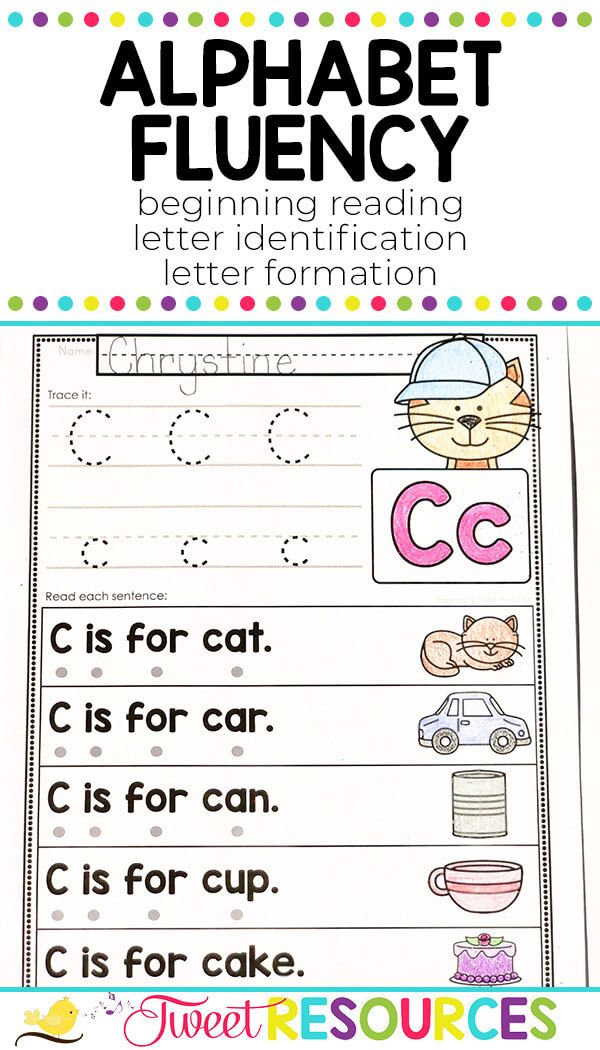 Since the time of Elizabeth I, orthography has remained at the same stage of development, and the theoretical phonetics of the English language has stepped far forward. The evolution of sounds took place at a rapid pace, and the letters for their expression became sorely lacking. This is where they came up with their own laws.
Since the time of Elizabeth I, orthography has remained at the same stage of development, and the theoretical phonetics of the English language has stepped far forward. The evolution of sounds took place at a rapid pace, and the letters for their expression became sorely lacking. This is where they came up with their own laws.
What is phonetics?
Phonetics is one of the branches of linguistics that studies the sound side of the language. This science compares favorably with other disciplines of linguistics, the fact that, in addition to the language function, it explores the acoustic characteristics and perception of sound phenomena. And also - the work of the articulatory apparatus. That is, this science approaches the nature of the emergence of phonemes from all sides.
Therefore, for beginners, explaining pronunciation, they reveal all the elements of its creation. The beginner learns both special phonetic signs, and letters, and the position of the lips, tongue and teeth when creating an air flow.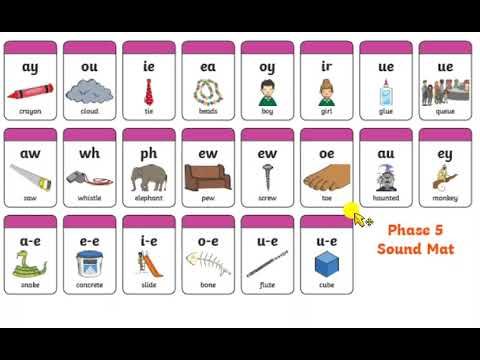 Therefore, this discipline is firmly connected with such natural sciences as physiology, anatomy, psychology and psycholinguistics. Pronunciation of consonants Based on this, phonetic studies are carried out simultaneously in three aspects:
Therefore, this discipline is firmly connected with such natural sciences as physiology, anatomy, psychology and psycholinguistics. Pronunciation of consonants Based on this, phonetic studies are carried out simultaneously in three aspects:
- Articulatory (anatomical and physiological) aspect - studies sounds from the point of view of their creation: the work of the vocal cords, speech organs, etc.
- Phonological (functional) aspect - considers what function sounds perform, works with phonemes
- Physical (acoustic) aspect - explores sounds as fluctuations in the air flow, emphasizes the physical characteristics of phonemes: duration, strength and frequency.
By understanding how sound is produced in terms of all these characteristics, the student will be able to reproduce it correctly. Of course, not the first time, but after a few workouts, significant improvements will already be visible.
Why know English phonetics?
The answer is simple: to learn how to speak English correctly.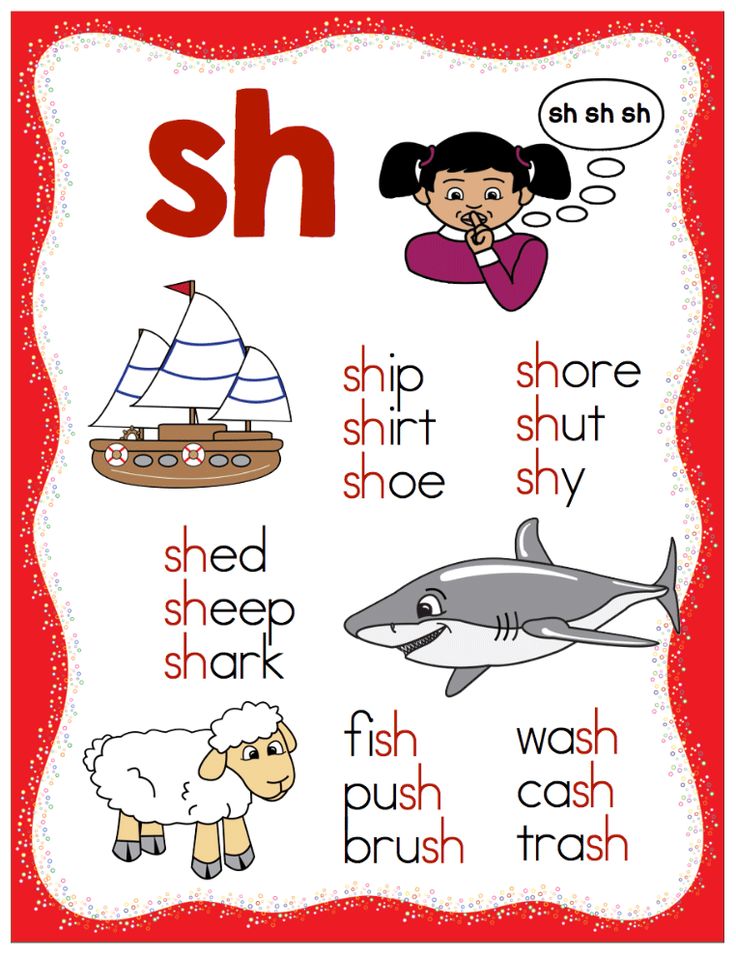 Today there is an opinion that putting pronunciation is a waste of time. Supporters of this statement believe that this knowledge will not be useful to anyone and a foreigner will never be able to pronounce words correctly.
Today there is an opinion that putting pronunciation is a waste of time. Supporters of this statement believe that this knowledge will not be useful to anyone and a foreigner will never be able to pronounce words correctly.
I will not argue with these "polyglots", although I do not agree with their opinion. I simply recommend that those who have come to the pronunciation stage start by studying phonetics. This knowledge will greatly facilitate this difficult process for you. To make your English truly literate, you need to make significant efforts.
And since pronunciation is phonetics, it must be studied by observing the work of the speech organs and listening to competent articulation. You can sign up for specialized courses, visit language laboratories, use the services of a real or virtual tutor. You can also just watch the video lectures on our website if you don't have time to test the previous methods.
Watching the instructional video
English phonetics lectures will be effective when they are taught by professionals or native speakers.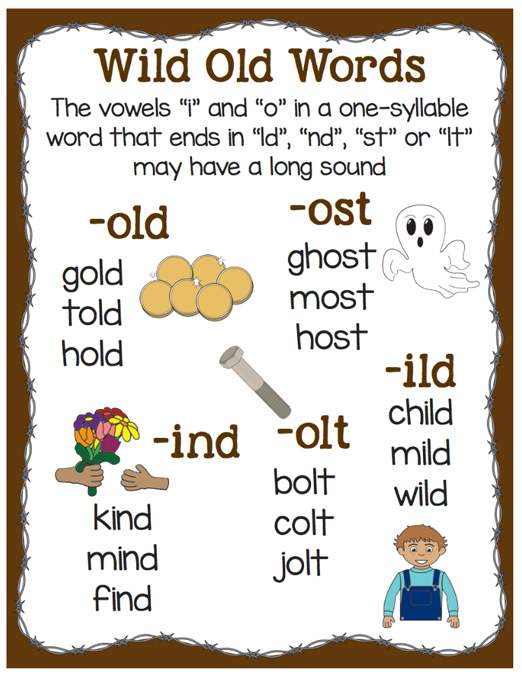 It is desirable that the position of the articulatory apparatus be demonstrated. Lessons should also be accompanied by textual explanations for beginners and preferably examples. All these requirements are met by our phonetic video lectures.
It is desirable that the position of the articulatory apparatus be demonstrated. Lessons should also be accompanied by textual explanations for beginners and preferably examples. All these requirements are met by our phonetic video lectures.
Well, now we have studied the theory. It's time to consider what the practical phonetics of the English language is. Watch the tutorial video for beginners on how to pronounce various sounds correctly and learn right at home:
After watching the video lessons prepared by proven professionals, you will notice some patterns in the pronunciation of English phonemes, which we will now discuss.
Features of the pronunciation of English sounds
In addition to the difficulties caused by the difference between the pronunciation and spelling of words, there are difficulties in pronunciation. They are due to the peculiarities of articulation, pronunciation habits, the nature of movement and the structure of the organs of speech. The English language has such phonemes that have absolutely no analogues in Russian. And also there are sounds, although similar, but to one degree or another different. English phonetics So, English pronunciation is characterized by the following features:
The English language has such phonemes that have absolutely no analogues in Russian. And also there are sounds, although similar, but to one degree or another different. English phonetics So, English pronunciation is characterized by the following features:
- The tongue is pulled back and flattened, its tip, when articulating consonant phonemes, is located vertically in relation to the plane of the palate. (In Russian, as a rule, the entire front part of the tongue is adjacent to the teeth)
- The exhaled air flow is delivered in short bursts. (In Russian, the manner of pronunciation is melodious and smooth)
- The lips are slightly stretched, as if smiling, especially the top. The corners of the lips remain motionless, not very rounded and not protruding, as in the Russian manner of articulation.
And in the end, I'll say...
Decided to learn English Proper knowledge of English phonetics will allow a beginner to quickly and easily master colloquial speech. Moreover, the perception of written speech will become easier. Any person begins to learn his native language from early childhood precisely from sound perception, and later begins to study the sign system. The same principle of sequence of study also works when mastering foreign languages, in particular English.
Moreover, the perception of written speech will become easier. Any person begins to learn his native language from early childhood precisely from sound perception, and later begins to study the sign system. The same principle of sequence of study also works when mastering foreign languages, in particular English.
Thus, it turns out that phonology is the basis of the fundamentals in the study of foreign languages. After all, only by understanding the principles of creating words, with the mechanisms of articulation, you can catch the essence of the diversity in the vibrations of the voice and air, which affect the pronunciation, and, consequently, the meaning of what was said. That is why I advise you not to neglect English phonetics.
Have a good mood and successful learning!
P.S. And what is your reality?
Phonetics of English
In order for your English to be good, you simply need to know the basics of phonetics. This affects the correct pronunciation of individual sounds and determines the quality of the sound of English words, as well as the correct pronunciation of the sentence as a whole.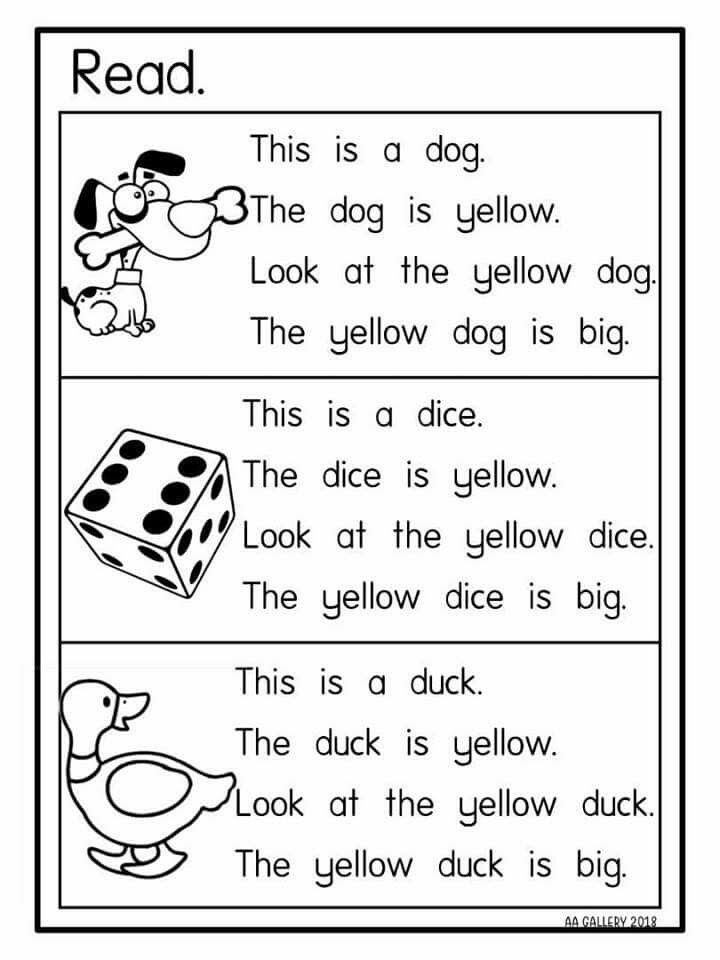 To do this, you need to know which members in the sentence are stressed, and which ones should not be emphasized. In this article, we will thoroughly understand all aspects of English phonetics and perform several exercises to consolidate the material.
To do this, you need to know which members in the sentence are stressed, and which ones should not be emphasized. In this article, we will thoroughly understand all aspects of English phonetics and perform several exercises to consolidate the material.
Also, given that English is used in many countries around the world. This means that each country has its own language features, including phonetic ones. Classical differences exist in the English language of Great Britain, the United States and Australia. English phonetics in Great Britain is older and more classical. In America, English is more modern.
The principle of the speech organs, the formation of sounds
Vocal cords . The vibration of these muscular folds produces the voice.
Palate . On its hard part is the alveolar, which helps to pronounce deaf sounds. The soft palate has a tongue that changes the direction of the air.
Mouth . Exhaled air can exit through the nasal or oral cavity, forming the nasal phonemes of the English language ([m], [n], [ŋ]) and oral (everything else).
Language . This organ is responsible for correct articulation. The most active is the anterior part of the tongue, which is involved in the articulation of consonant sounds. The middle and back parts are less mobile, move horizontally and participate in the formation of vowels.
Lips and teeth . Participate in the formation of consonants.
All sounds are produced by exhaling air from the lungs through the glottis located between the vocal cords. When the ligaments are tense, voiced and vowel sounds occur. If they are relaxed, muffled sounds are played. The driving force behind the formation of sounds are the diaphragm, lungs, bronchi and trachea. Most sounds are produced in the mouth.
Intonation. Rising, falling tone
In English, intonation is the main means of expressing what is said. It is formed by a combination of tempo, phrasal stress, pitch, pronunciation rhythm. There are two main types of English melody:
1. Falling tone . Used in narrative, affirmative sentences, conveys complete thoughts, judgments, facts. A falling tone is also characteristic of imperative sentences.
Falling tone . Used in narrative, affirmative sentences, conveys complete thoughts, judgments, facts. A falling tone is also characteristic of imperative sentences.
We found a cat. We found a cat.
Good morning! - Good morning!
Come here! - Go here!
2. Rising tone . Shows the incompleteness of the statement. It is often used in enumerations and in interrogative sentences. The intonation slowly rises from the first stressed syllable of the phrase to the last.
There is a closet, 2 beds and a big mirror in this room. This room has a closet, two beds and a large mirror.
Can you bring me that chair? Can you bring me that chair?
Have you swept the floor? - Have you swept the floor?
Sentences with mixed, ascending-descending intonations are distinguished separately. As a rule, this phenomenon is observed in the transmission of emotions. Intonation can change both within a phrase and within a single word.
No. - Not! (It can't be!)
- Not! (It can't be!)
It's awful! - This is terrible!
Accents. Verbal, phrasal, logical.
There are different types of stress in English.
- Verbal . It implies the emphasis of the voice of one syllable in a word. In transcription, the stressed syllable is preceded by the sign [‘]. Such stress helps to pronounce words correctly and distinguish different parts of speech from each other. For example, present [pri:”sent] is to represent, present [‘preznt] is a presentation (also a “gift”).
- Phrase . With its help, significant parts of the sentence are highlighted. For example, He thinks' fast. - He thinks fast. What's happened? – What happened?
- Boolean . The most unpredictable stress, because it is used to highlight words that the speaker wants to emphasize. For example, ‘She did that! - She did it! (It was she, and not someone else).
Reading vowels in closed and open syllables
There are 6 vowels in English.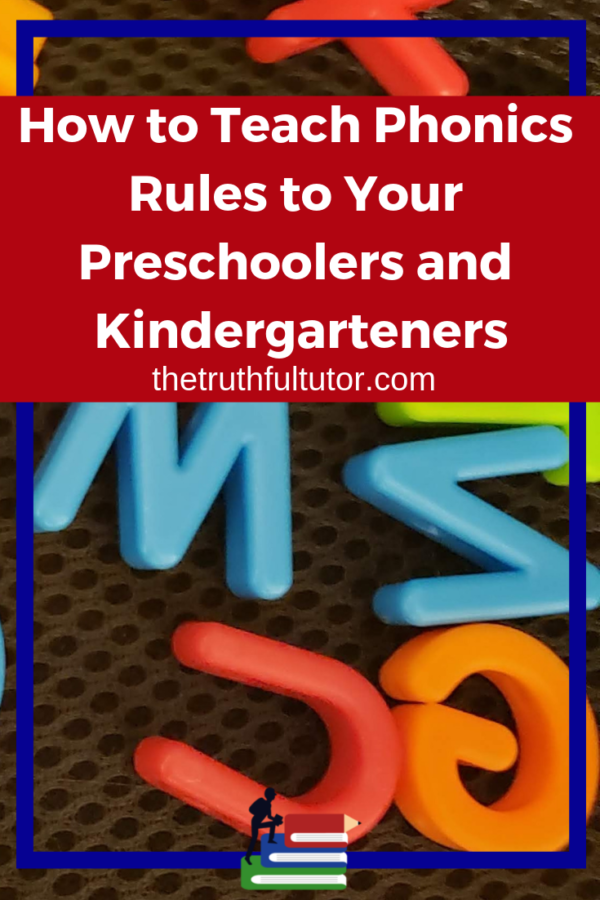 In different combinations, they transmit 20 sounds. Reading sounds depends on the type of syllable.
In different combinations, they transmit 20 sounds. Reading sounds depends on the type of syllable.
- Open syllable (ends in a vowel or mute e). The vowel in such a syllable is read as in the alphabet. For example, make [meik].
- Closed syllable (vowel followed by one or more consonants). The letter conveys a short sound. For example, cat [kæt] is a cat.
Consonants in the English alphabet
Each sound in the English alphabet uses the lips, tongue and other senses to pronounce it. English phonetics for beginners provides for obtaining the simplest knowledge on the correct pronunciation of sounds and letters. So, consonants, which are more in the English alphabet, are also classified.
The first group of consonants is called stops or plosives. This is due to the peculiarities of their pronunciation. The lips close completely, and then open completely.
These sounds include p, b, t, g, d, k.
An example of a word with this sound
Nasal consonants include the sounds n, m, ŋ.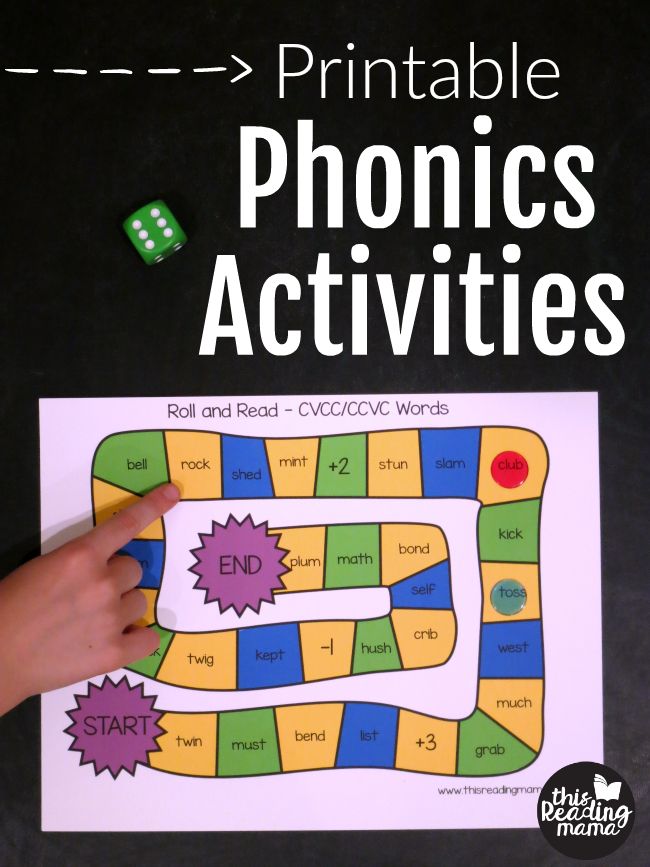 They are called so because when they are pronounced, air passes through the nose.
They are called so because when they are pronounced, air passes through the nose.
An example of a word with this sound
The fricative consonants are θ , ð , ʃ , ʒ , s , z , h , f , v , w , r , j , l. This is the most numerous group of consonants in the English alphabet.
An example of a word with this sound
P, m, w refer to labial sounds. Labial-tooth sounds - f, v. Alveolar - t, d, l, s, z.
English vowels
Vowels are also classified according to the position of the tongue in relation to the palate. In addition, in the English language there is the concept of diphthongs, when one sound can be denoted by several letters, depending on which part of the word the triphthong appears in.
Diphthongs include sounds ai, oh, hey, ay, hu, ie, ee, ue . Reading sounds in English necessarily occurs according to certain rules, the same applies to diphthongs.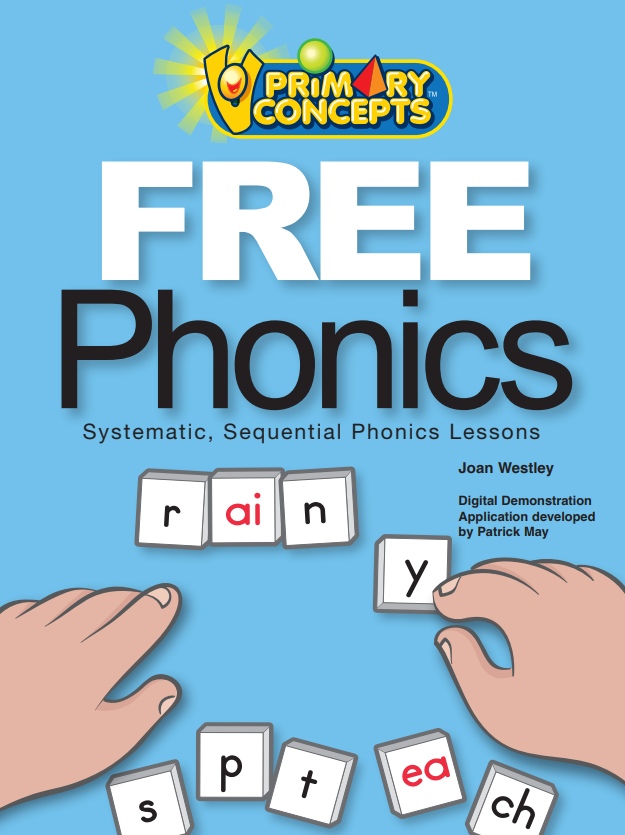
An example of a word with this sound
Features of American English in terms of phonetics
Diphthong oh in American English is pronounced more rounding lips than the same diphthong in English. Sound e sounds more open and loud .
Such a double sound as yu after consonants in the American language sounds weakly expressed and almost everywhere transforms into in . Examples of this are words such as student [student], new [nu], duty [duti].
The vowel sound o sounds like a , and the diphthongs ai and au have a pronounced sound a as the basis. All vowels are pronounced with a pronounced nasal effect. Sound r sounds more harsh. In addition to phonetic, there are lexical differences in American English from English.
Difficulties of English phonetics for beginners and ways to overcome them
The above tables of correct pronunciation of sounds can only partially help you in the difficult task of correct pronunciation of English words.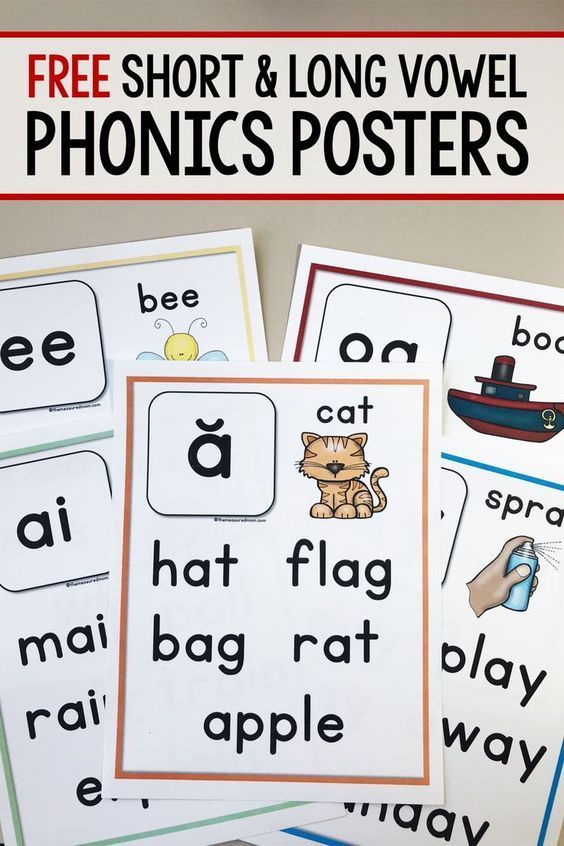 After all, the peculiarity of the English language is that there are many words that are spelled the same, but are pronounced differently. There are many words that are exceptions to the rules and are generally pronounced differently than follows the logic of pronunciation.
After all, the peculiarity of the English language is that there are many words that are spelled the same, but are pronounced differently. There are many words that are exceptions to the rules and are generally pronounced differently than follows the logic of pronunciation.
For example, the word read can be pronounced both [read] and [ed] depending on the time. In the first case, read in the present, in the second - in the past. The same exceptions include the words live, reading, wind and others. The same can be said about the words use, lead , bow .
To memorize such words, it is recommended to compose sentences in which both words would be present in different interpretations. Then in the future you will be able to use and pronounce them correctly. For example:
I lead my army and lead whistled over the hairs. I led my army and lead whistled over their heads.
I read book about Reading and the reading gave satisfaction for me. I read a book about Reading and I enjoyed reading it.
I read a book about Reading and I enjoyed reading it.
Online lesson on English phonetics
To consolidate English pronunciation, reading transcriptions, as well as everything related to English phonetics for beginners, we offer a lesson consisting of several exercises.
Repeat the sound after the speaker and indicate which sound is present in each word.
door, dog, cupboard, kidney .
tooth, thanks, myth, thief .
Read with the speaker. Which sound is repeated most often in words?
first, third, bird .
Where is a western warrior? .
Tea is hot and tasty.
Listen to the question and choose the correct answer.
Where do foxes live? .
What is the name of the famous cloned sheep? .
ENGLISH ON YOUR OWN: Hot English Issues
How to learn English easily and quickly?
PHONETICS I Practice pronunciation of the letters of the English alphabet with the actor.
 Even if you know the English alphabet, look and repeat after the speaker two or three times. If you are a beginner, do it repeatedly))))
Even if you know the English alphabet, look and repeat after the speaker two or three times. If you are a beginner, do it repeatedly)))) To make it easier to remember the alphabet, you can listen to the song a couple of times. No one will suffer if you also sing it several times along with the performers. You will only benefit. Letters are remembered very easily thanks to this unpretentious melody. This video is also good because in it you will find the capital letters of the English alphabet in the form in which they are written by native speakers.
I like this version of the alphabet song. If such mature and respectable uncles and aunts do not consider it shameful for themselves to sing a song about the alphabet of their native language, then we who study it have nothing to be ashamed of.
Listen to the song, sing, listen to yourself and enjoy the process.
Try some exercises
Exercise 3 : And before moving on to the transcription and sounds of the English language, spell the names of five of your friends or acquaintances.
If you are not too lazy, count how many letters in the English alphabet. Let's not waste time. There are only 26 of them. Now look at the table of English sounds. There are a little more of them, or rather MUCH more - as many as 44.
Source: http://englishfull.ru/fonetika/dlya-nachinayushhix.html com/p/10.html
How to learn English while sitting at home - part 2
In the second part of the article about home methods of learning a language, we talk about cool grammar tricks and how to improve pronunciation. Can you imagine how everyone will admire if you come out of self-isolation with English that is two levels cooler, and not in clothes that are two sizes larger?
“The first piece of advice for the guys who have been learning English for more than half a year: it's time for you to speak.
You can already speak English when you have a base and you know at least two tenses, for example, Present and Past. It is not necessary to learn all twelve tenses at once. Very often this happens with everything in life: we think that we must first bring something to an ideal state before showing it to people. So you don't have to do it. They went out, listened to feedback, went back to their hole to finish their studies. There must be a constant exchange of information.
According to the precepts of Marina Mogilko, LinguaTrip.com shares with you another piece of information. You already know about methods of learning English at home and vocabulary from the first part of this article . We hope you apply our cool tips and use native speaker level expressions. It's time to pay attention to grammar and pronunciation. Catch the list of recommendations from our teachers Venya Pak and Marina Mogilko. And those who heroically read to the end will receive two gifts.
How to use English grammar like a boss
English grammar is not so scary as it might seem at first glance. Many people are afraid of tenses and verb forms, most often because they do not know how to handle them correctly. Venya Pak has a couple of tips on this topic - read on, what grammatical tricks will help you pass as a native speaker:
1. Do not use heavy constructions “Where are you?” or "Are you tired?"
Native speakers often abbreviate these questions to " Where are you at? " or " Are you tired? » It is possible that such simplifications will cause a 404 error for teacher Zinaida Petrovna, but Venya can vouch with absolute certainty that this is how Americans talk in everyday life.
Even more insights about the speech of native speakers Venya reveals at the intensive "English Grammar" . It also teaches not to get confused in tenses, talks about the conditional mood and shares relevant grammatical examples. Well, are you in?
Well, are you in?
2. To the expressions "here" and "there" add or "over"
If you do not do this, there is no mistake in this. However, native speakers often use these words with “over” - you must admit, it sounds cooler and more natural. Also use these pronouns in combination with “out” if you want to say, for example, about people in another city:
I can’t just “come” to his place. He is over there, in St. Petersburg while I am over here in Moscow .
3. Introduce
phrasal verbs into your speechTheir complete list can compete with War and Peace in terms of volume, so it is not necessary to memorize them all at all. But it doesn’t hurt to start using a couple of the most relevant ones. We just have article about phrasal verbs for all occasions - read quickly and remember.
But if you are completely, completely unfamiliar with phrasal phrases, try adding the preposition “9” to verbs first. 0009 to ". Instead of "eat" say "eat up" and instead of "wait" say "wait up". In these cases, the meaning of your message does not change, but it sounds much more at ease. True, sometimes, due to the preposition, the meaning of the phrase may become different: for example, “give” is translated as “give”, and “give up” is translated as “give up” or “refuse, quit” (bad habit). However, it is thanks to such inconsistencies that you will learn to speak fluently and memorize a bunch of new phrasal verbs. If you made a mistake, don't give up !
0009 to ". Instead of "eat" say "eat up" and instead of "wait" say "wait up". In these cases, the meaning of your message does not change, but it sounds much more at ease. True, sometimes, due to the preposition, the meaning of the phrase may become different: for example, “give” is translated as “give”, and “give up” is translated as “give up” or “refuse, quit” (bad habit). However, it is thanks to such inconsistencies that you will learn to speak fluently and memorize a bunch of new phrasal verbs. If you made a mistake, don't give up !
4. If your language level is not yet so high, listen carefully to what your interlocutor says and use the same verb forms as he
For example, your friend decided to share a good mood and said to you: “I feel awesome!" As you can see, he used the verb in Present Simple - feel . This means that in the answer you need to use the same time. When you are happy for a friend, you can say: “I am glad that you to ".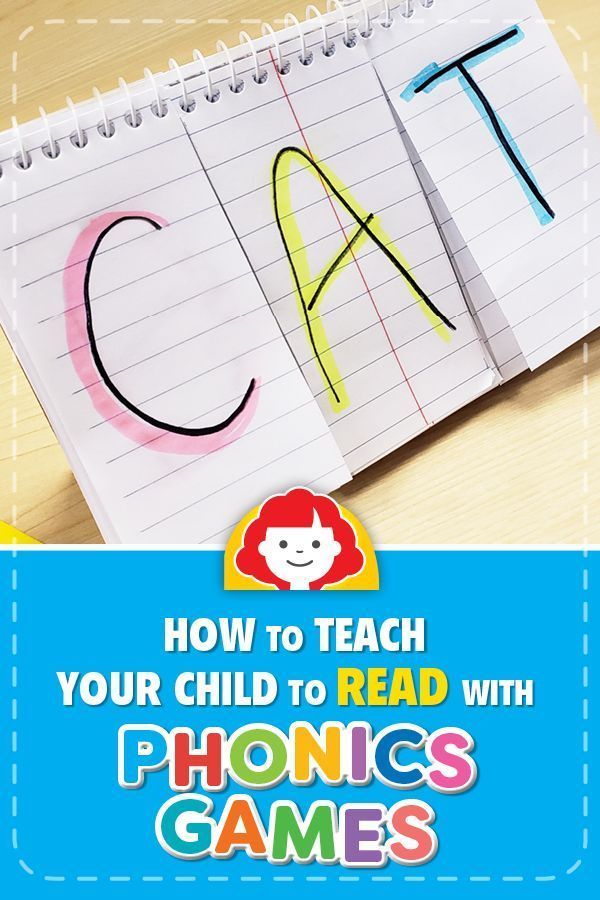 Auxiliary verbs are one of the easiest hacks to help you sound like a native speaker.
Auxiliary verbs are one of the easiest hacks to help you sound like a native speaker.
5. Memorize the basic formula of conditional sentences
LinguaTrip.com teachers don't often agree with the "comprehensive school" methods of teaching English, but they definitely agree with the Marivannas on one thing: don't use the Future Simple after " if " and "when" . No "If I will learn English, I will go to the USA". Firstly, because with our methods it will not be “if”, but “when”. And secondly, it is grammatically incorrect: after "if" and "when" follows Present Simple . And, as you already guess, it would be correct to say “When I learn English, I will go to the USA”. To make it easier for you to remember this construction, imagine a person from the Roll Safe meme - on pics with him, most often there are examples of sentences with “if”.
Test how well you've learned and how productive your English is with our short language test .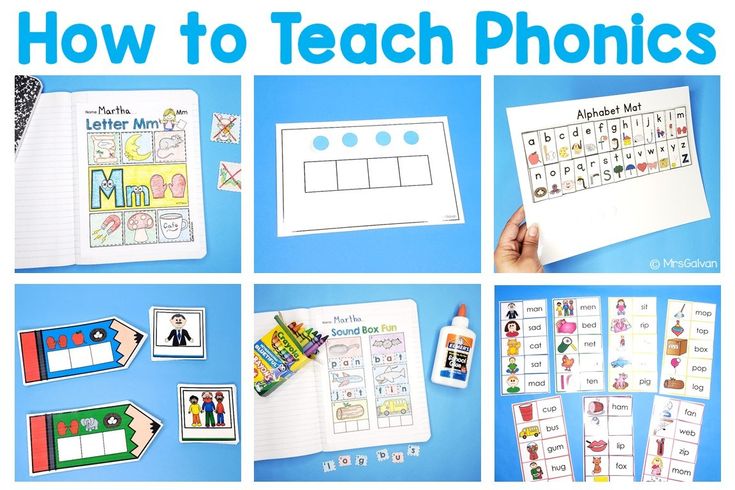 It's completely free and takes less than ten minutes to complete. But with its help, you will understand what level of the language you have, and decide how to develop it further.
It's completely free and takes less than ten minutes to complete. But with its help, you will understand what level of the language you have, and decide how to develop it further.
How to improve your English pronunciation
Now in your arsenal, in addition to lexical techniques, there are cool grammar tricks. It remains only to polish your pronunciation, and you can pass for your own in an English-speaking country. However, it is important to remember that in no case should you be ashamed of your accent, because this is one of the things that makes your speech unique. The host of the LinguaTrip.com YouTube channel Tikeya, a native speaker, is not at all embarrassed when she speaks Russian. And I advise you not to be ashamed of your English:
Here is what Venya Pak says about this:
“Few people really need to get rid of their accent, there is no need for that.
Personally, I did it simply because I wanted to. I wanted to fit into the team so that no one would be distracted by my accent, and I could be on a par with any American.
And if you also want, like Venya, to be on a par with any American, take a closer look at our course “Speak American” . In two weeks of intensive you will overcome the language barrier, learn how to speak in public and understand how to correct mistakes and inaccuracies in pronunciation.
1. Remember that native speakers are constantly linking words to each other and try to do the same in your speech
The conversation of English speakers usually flows very smoothly. Instead of "What day and time?" you are much more likely to hear "What-day-en-time?" with each next word, as it were, "tied" to the previous one. You can learn this style of speech with the help of a simple exercise: try to talk, slightly squeezing the corners of your mouth and not letting it close.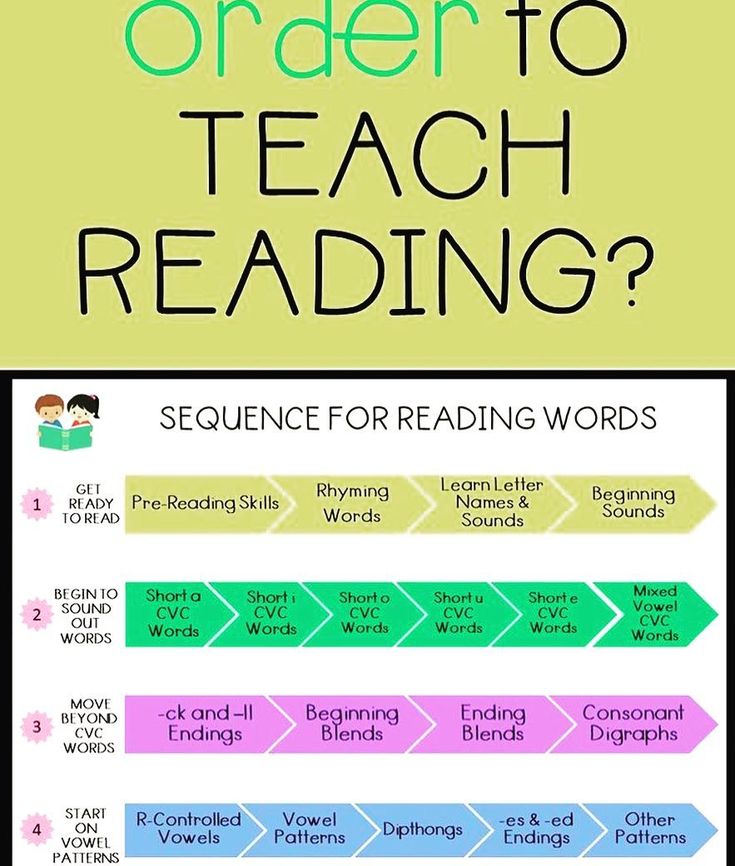 Over time, you will get used to linking words without additional help, and your speech will become more melodious and pleasant.
Over time, you will get used to linking words without additional help, and your speech will become more melodious and pleasant.
2. Omit some sounds
In addition to linking, omitted sounds are constantly found in the speech of native speakers. For example, in the phrase "I saw them yesterday" you will not hear the sound th [ð] in the word "them" - it will sound like "em".
3. Interrogative words on "wh" - where, what - start with an exit, not a strained sound [w]
Native speakers optimize their speech to make it easier to talk. Agree, it’s much easier to exhale first and then say “where” than to squeeze [wer] out of yourself without first help. If you don't quite understand what I'm talking about, watch the video:
4.
 Add aspiration to the sounds "p", "t", and "k"
Add aspiration to the sounds "p", "t", and "k" Aspiration is an additional breath during the pronunciation of a sound. This effect is stronger if the sound is at the beginning of the word, and weaker if the sound is closer to the end. You can practice aspiration like this: light a candle and say "p", "t", and "k" in turn, trying to blow out the flame. It is not necessary to extinguish it at all, but the light should fluctuate a little. With time and the right amount of practice, you will start adding aspiration automatically, and your speech will become even more like a native speaker.
5. Learn transcription
Even if you're bored and don't feel like it at all. English phonetics is very different from Russian.




